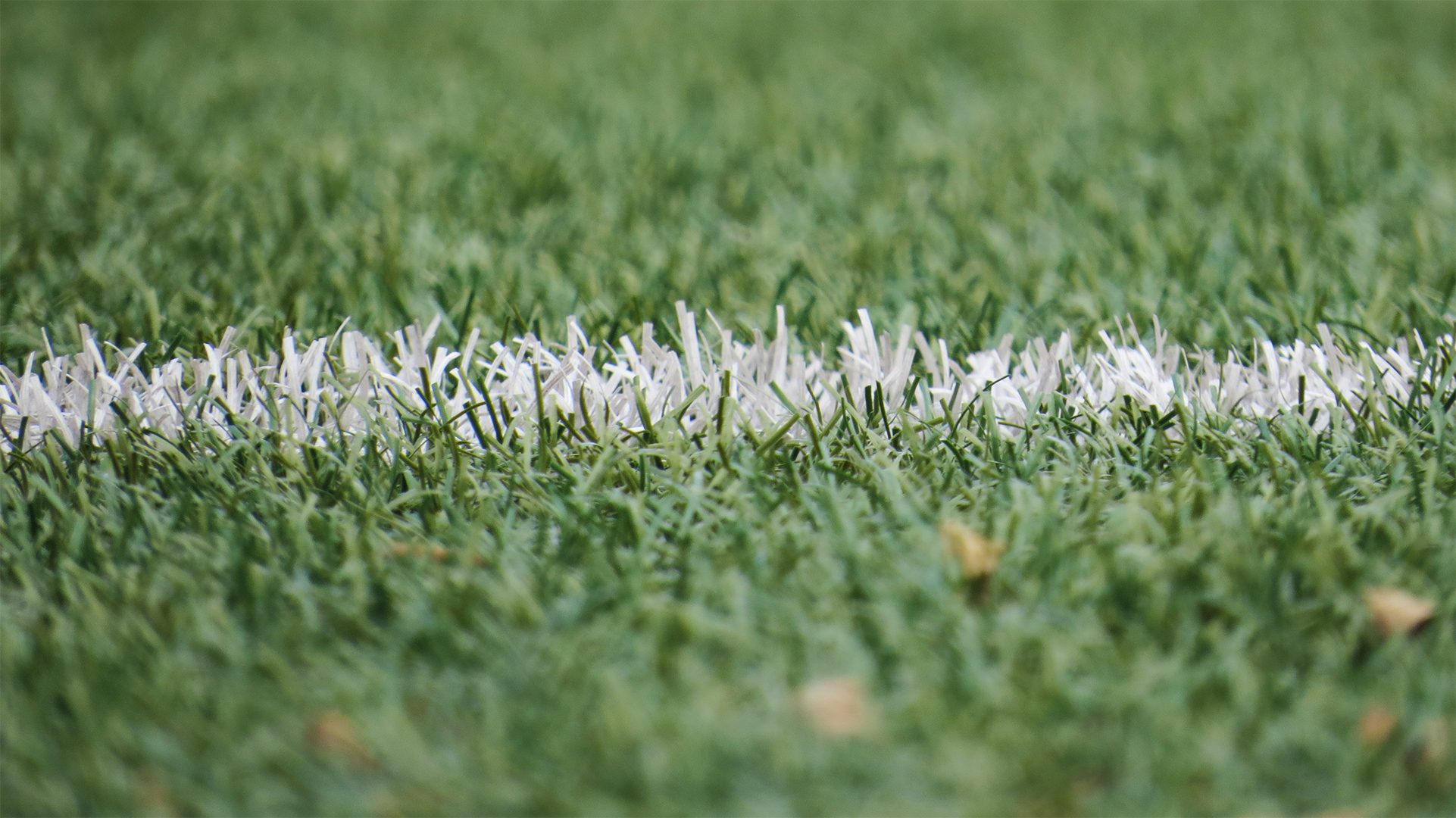Your Water Solution Services Guide to Lawn Snow Mold in Denver
April 12, 2016
Snow Mold is often the first lawn disease of the year and may cause your lawn to have an unsightly appearance after the snow melts. It can infect almost all types of grasses that go through a period of freezing temperatures and snow cover during the winter months. Snow Mold can even develop without snow cover. If it is cool, rainy, and overcast, then the disease can become active. Here at Water Solution Services in Denver, we are ready to diagnose and tackle your spring sprinkler and lawn maintenance issues.
Â
Types of Snow Mold
There are two types of Snow Mold and they look similar. One type of snow mold is Gray Snow Mold or Typhula Blight, and the other is Pink Snow Mold or Microdochium Patch.
Controlling Snow Mold Disease
A light raking of the matted area will loosen the grass and allow new grass to grow. Be sure to rake lightly, as the ground is usually very wet and the existing grass can be easily damaged. It is not advisable to use a power rake as it may cause more damage than good. Controlling either of the grass molds is easy if the infection is not too severe.
Preventing Snow Mold Disease
To deal with Snow Mold, preventive maintenance is usually the best course of action. Make sure to provide a balanced fertilization program that provides the necessary nutrients at the appropriate times of year. Thatch management is key in Snow Mold prevention. Core aeration of your lawn at least once a year will help also. It's important to make sure to mow the grass short before winter hits. This will prevent the turf from laying over on itself, which increases the chance of Snow Mold. In a gradual process over several weeks, lower the lawnmower height one notch a week until the mower is set at 1-1/2 to 2†for the final mowing of the season.
- If the site did not receive appropriate fertilizers/nutrients in the fall, a modest application of starter fertilizer is recommended
- Lightly rake the grass to promote air circulation and light to penetrate the canopy and encourage new shoot and leaf develop
- Remove snow and ice from turf grass areas – pay special attention to shaded areas where there is less melt-off
- If there are dead and matted materials, rake and remove them. In the case of dead grass, renovation of the area would be recommended as soon as possible
Your service experts on Snow Mold in Denver are the experienced staff at Water Solutions Services, because not only do we install sprinklers, Water Solutions has a staff that includes landscapers as well as other professionals that specialize in yard maintenance. You can rest assured that we always have an interest in delivering our best to you. We offer free estimates for stress-free lawn maintenance in Denver. Call us today at (720) 435-1495 for your free estimate.
